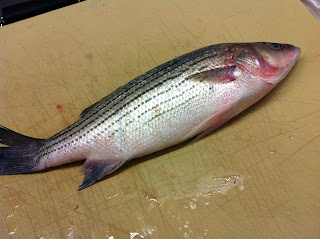 |
| Minestrone soup on the buffet |
We have cooked a new menu today in a class. The menu was: Turkey stew; Biscuits; Warm Cabbage Salad; Rosti Potatoes; Seasonal Vegetables; Minestrone Soup; Pork Loin; and Sauteed Apples.
I was responsible for a Minestrone Soup. I like this soup, it's Italian vegetable soup with small pasta and beans. What I did not realize yesterday is that a lot of cutting and chopping involved. We made a big batch (five gallons) and also we did not have chicken stock on hand, so we had to make vegetable stock for the soup (even more chopping and cutting). At some point


















